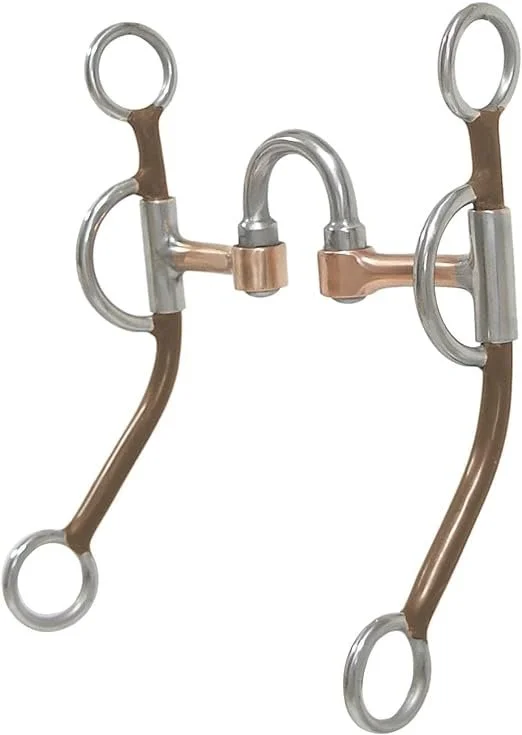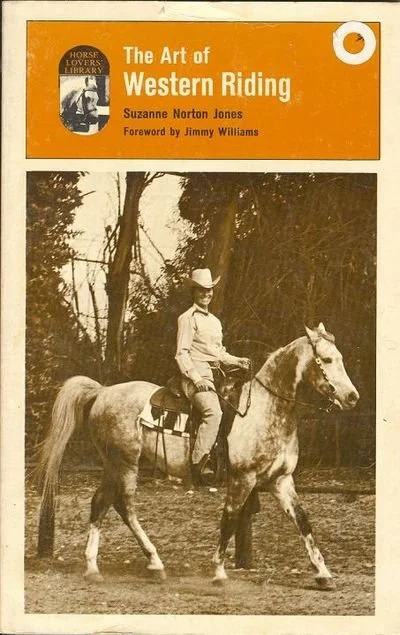Choosing Bits
"The bitting of a horse could be termed an art," suggests Suzanne Norton Jones in The Art of Western Riding. "Thousands of bits, of endless variety, have been used since the horse was first bitted by man.
"If it were possible to study the mouth of each horse, we could readily see why, ideally, every horse should have a different bit. No two horses have the same mouth, and not only is the mouth different but the reaction and degree of sensitivity of each horse is different. And each rider who mounts a horse has a different type of hand that feels different to the horse. Here again, ideally, the horse needs a different bit for every rider.
"Since we cannot have this infinity of bits, we must do the best with what we have. A rider should endeavor to find which bit best suits his own horse."
In general, there are three types of bits:
Bar Bits
A solid bar of metal, this bit has no shank or leverage action. It puts a minimum amount of pressure on the interdental space (the area between the incisors and molars that has no teeth) of the horse's mouth. It is the lightest form of bit.
Snaffle Bit
The most common type of bit used while riding horses, the snaffle consists of a bit mouthpiece with a ring on either side. The mouthpiece lies in the interdental space (the area between the incisors and molars that has no teeth) and rests on the tongue. It transmits pressure in a direct line from the rider's hands through the reins to the rings to the mouthpiece to the horse's mouth.
Curb Bits
This type of bit uses leverage, meaning that it multiplies the pressure applied by the rider. Unlike a snaffle bit, which applies direct rein pressure from the rider's hand to the horse's mouth, the curb can amplify rein pressure several times over, depending on the length of the curb's bit shank. More severe than a basic snaffle, it consists of a mouthpiece, curb chain, and a shank, with one ring per side on the top of the shank, and one ring on the bottom of the shank.
Before selecting a bit, find out what the horse used previously. If it is available, allow it to hang straight and measure the mouthpiece (do not include the rings in the measurement). Also measure the size of the horse’s mouth by placing a wooden dowel in the mouth where the bit should sit and marking the dowel about half an inch beyond the mouth on either side. Smaller horses usually have a smaller mouth and will need a smaller bit, but this isn't always true.
Use the measurements to select and fit a bit, then observe. How does the horse react? How comfortable are both the horse and rider with how the bit communicates the rider's intent?
Suzanne Norton Jones offers the following tips on bits in The Art of Western Riding:
Bits should be made of the best and lightest material possible.
A horse should be governed not by pain, but by his knowledge and understanding of the principles of reward and punishment.
Never change a bit with the idea of making a horse obedient by the infliction of pain. A bit is strictly for control.
Meet obedience with kindness, misconduct with punishment.
Absense of stiffness, constraint, or painful action are characteristics of good bitting.




